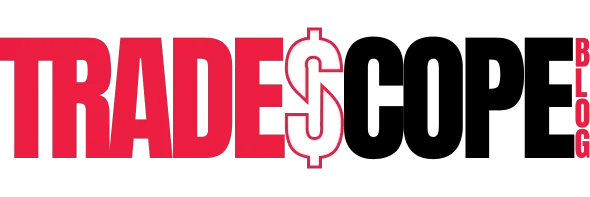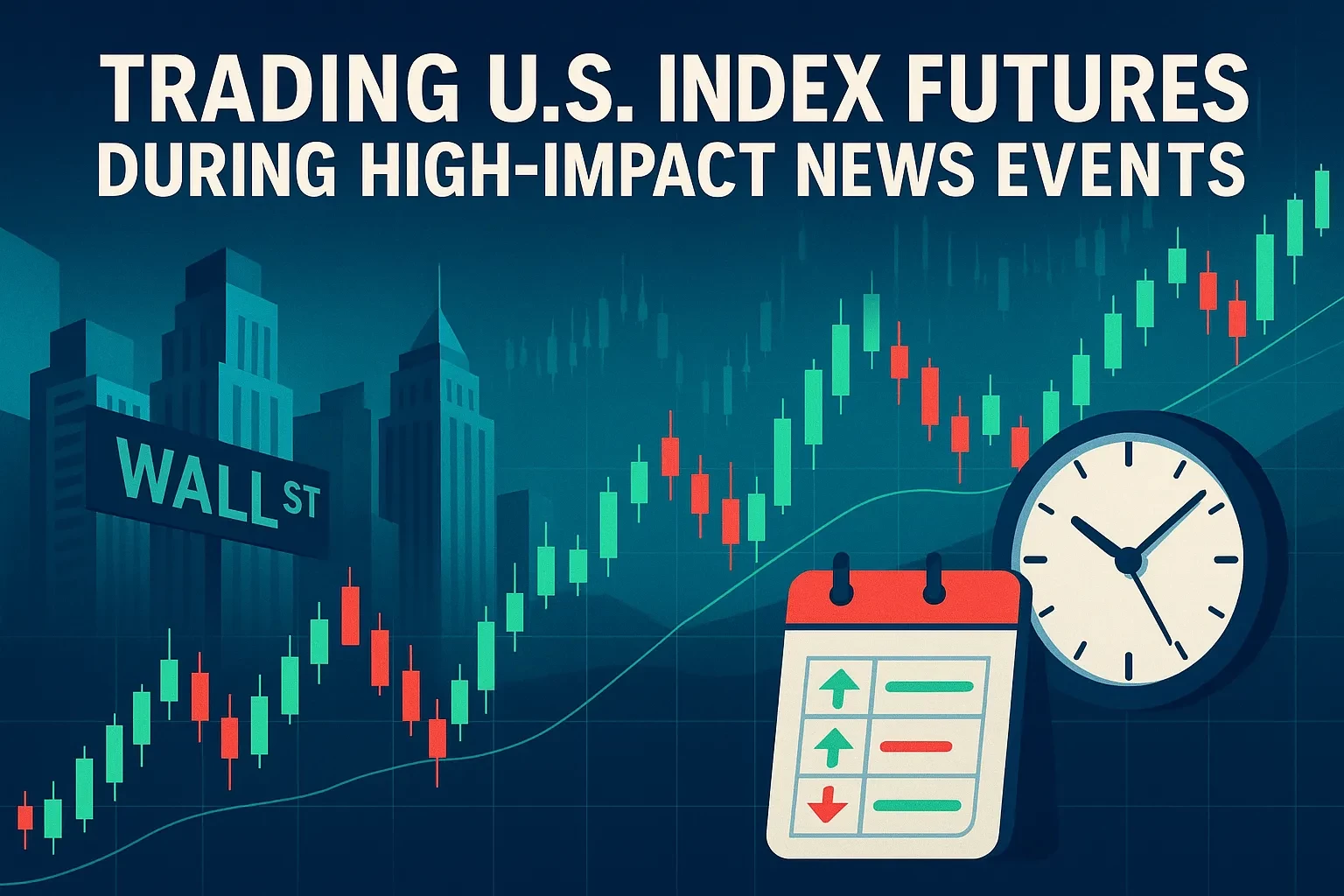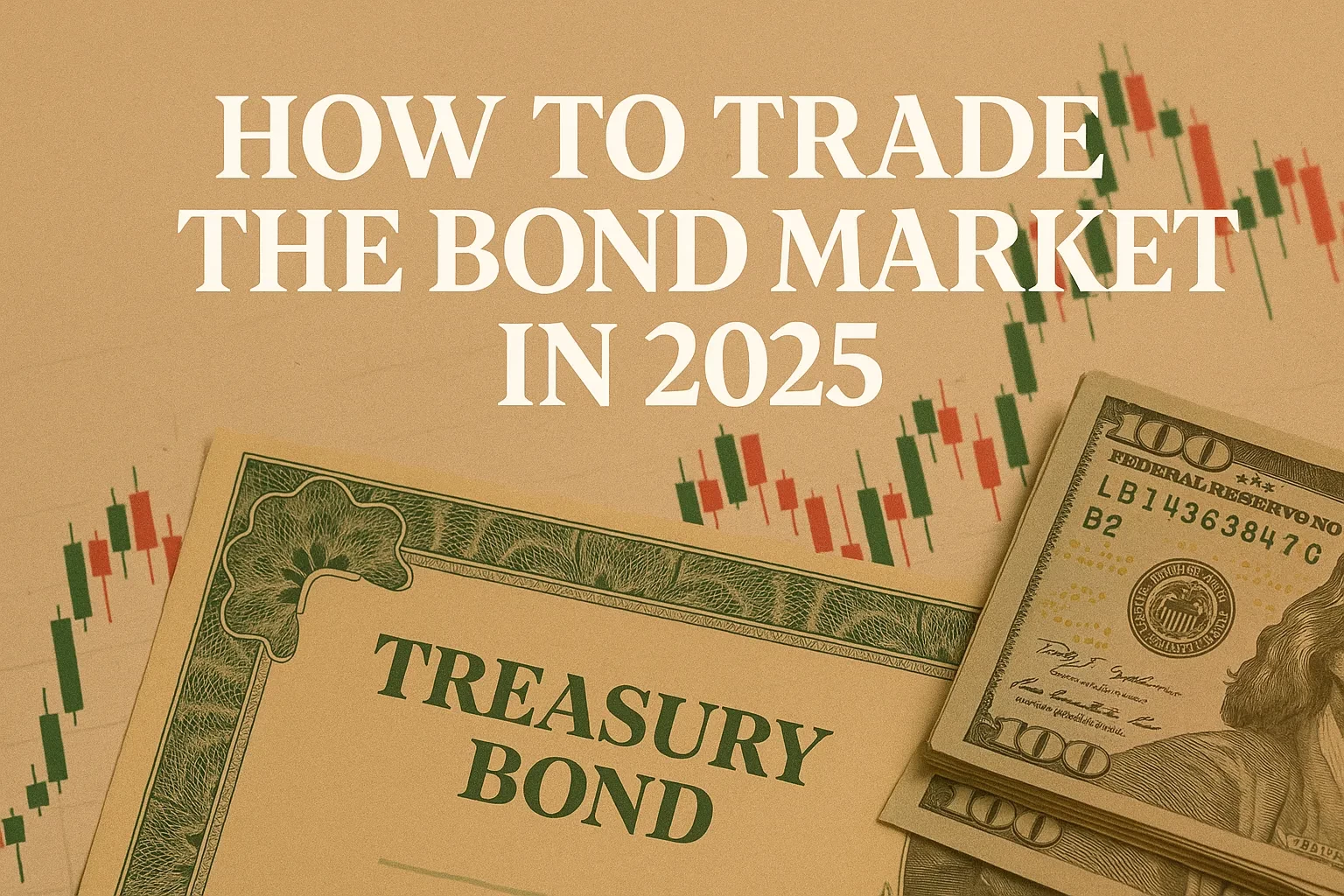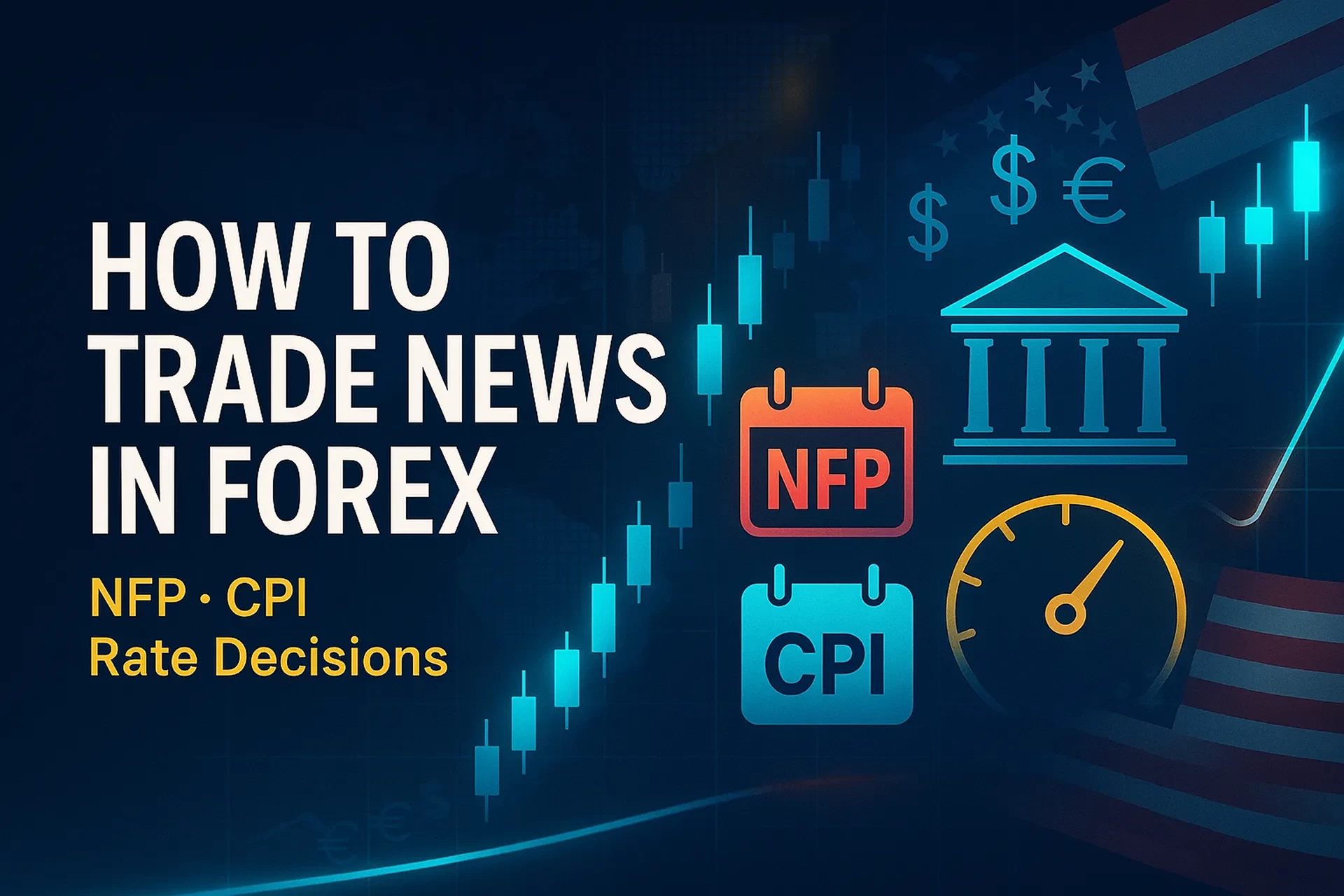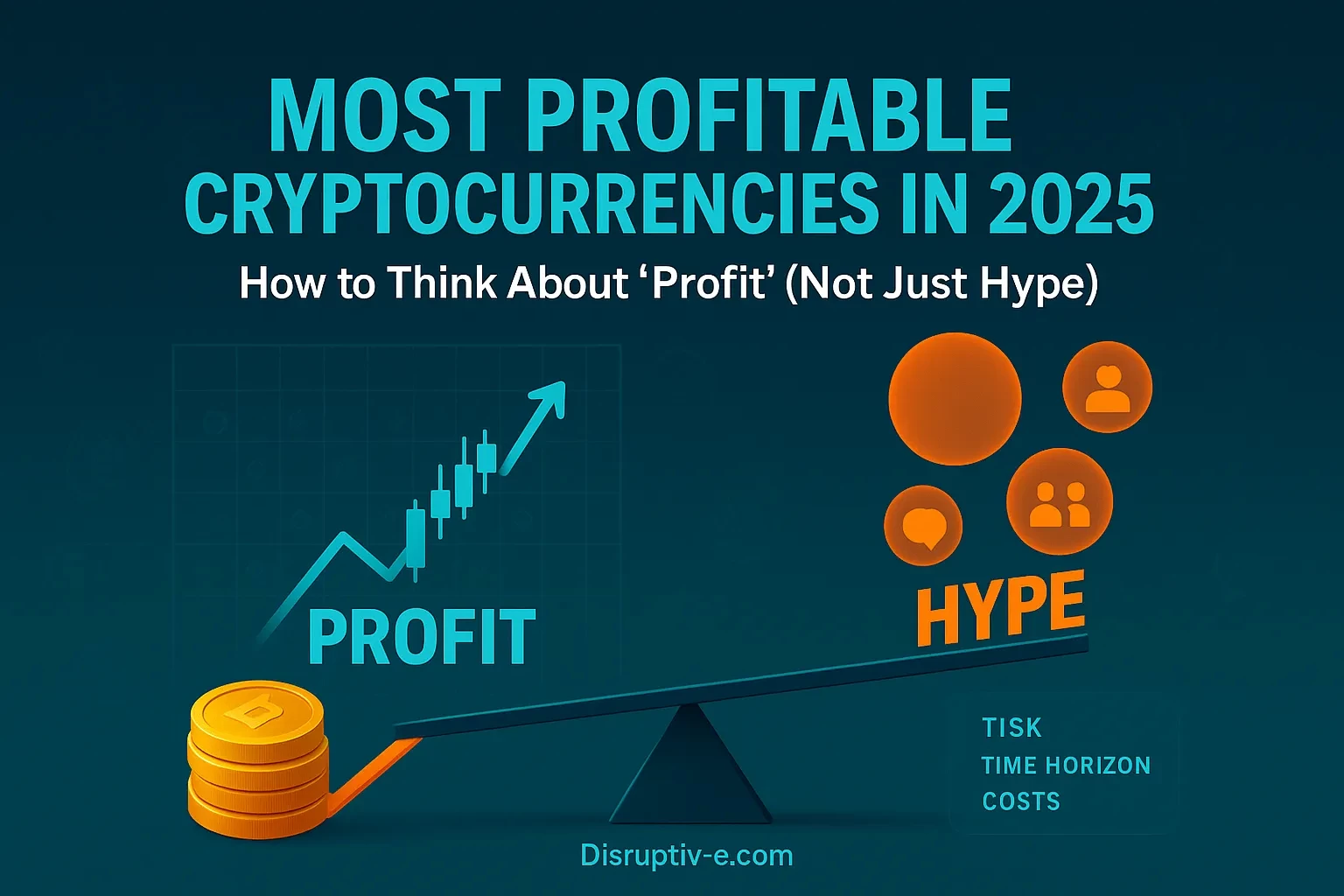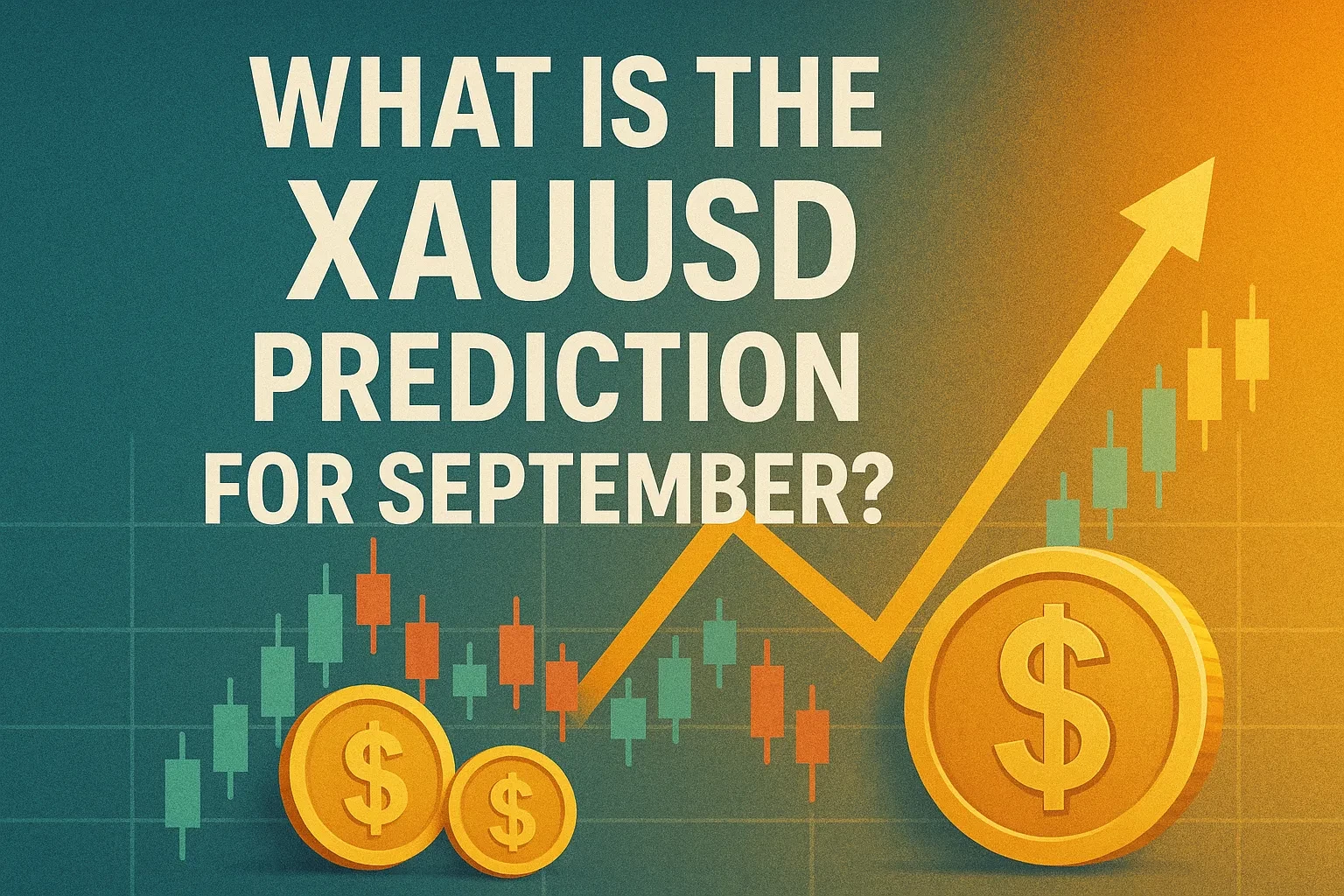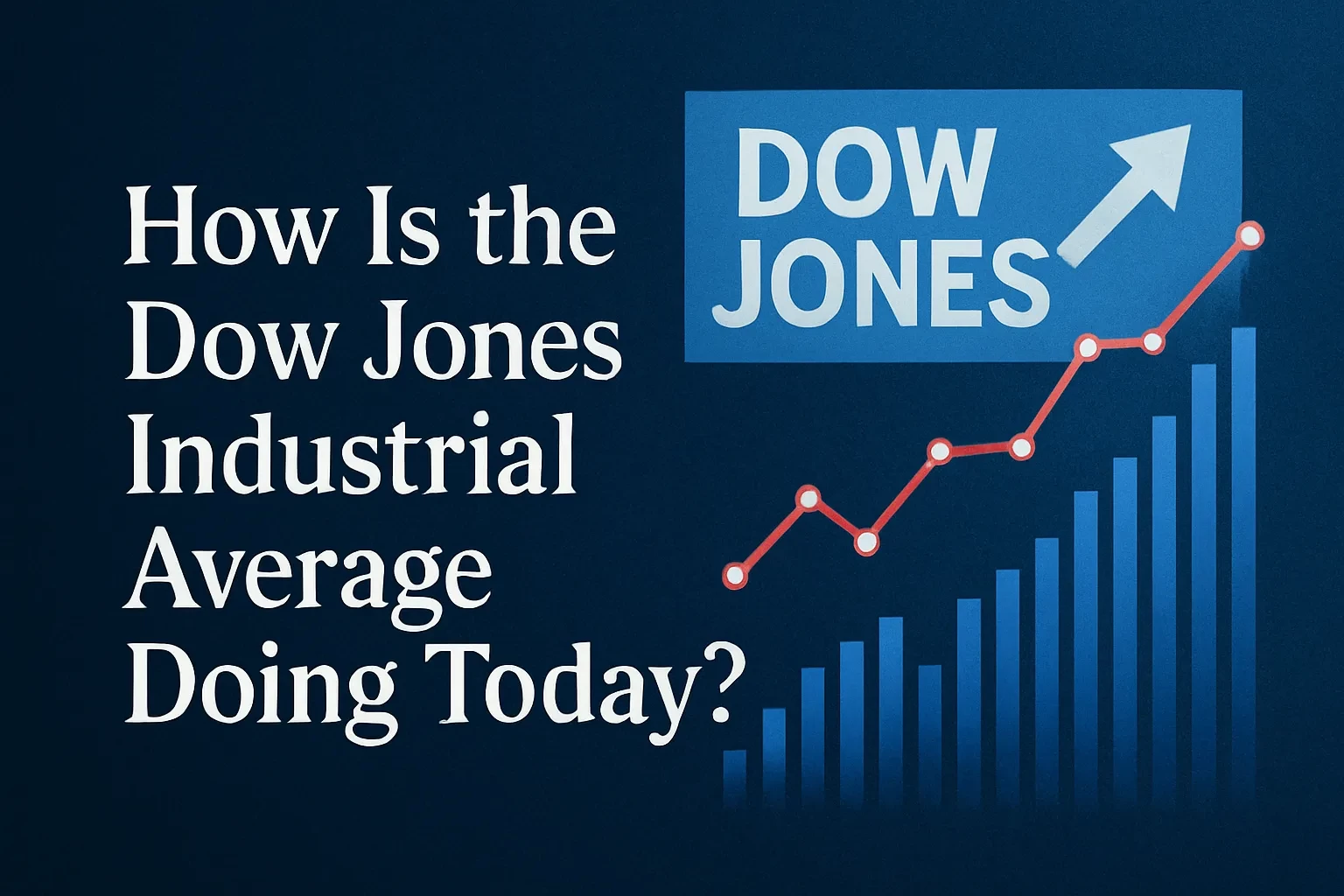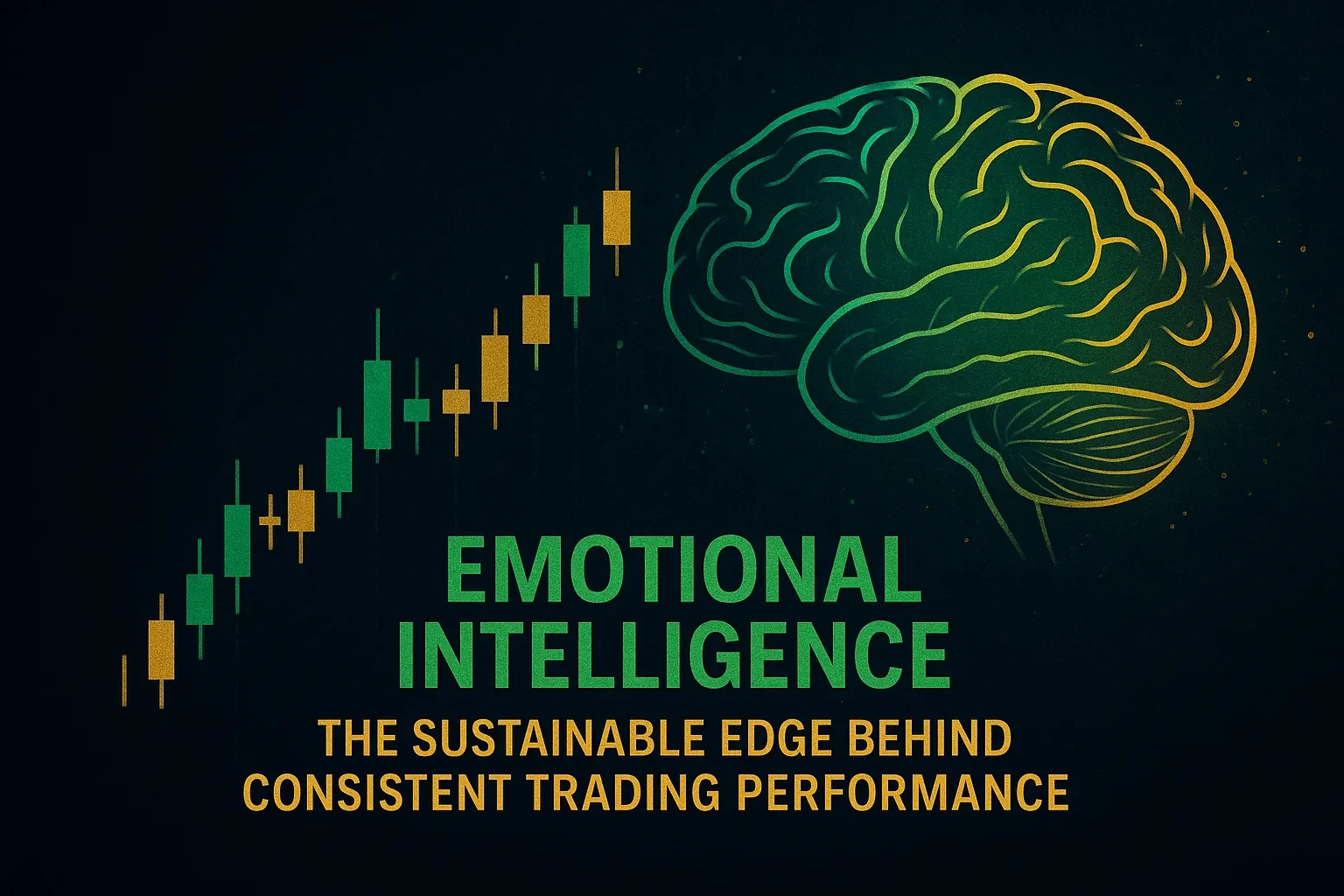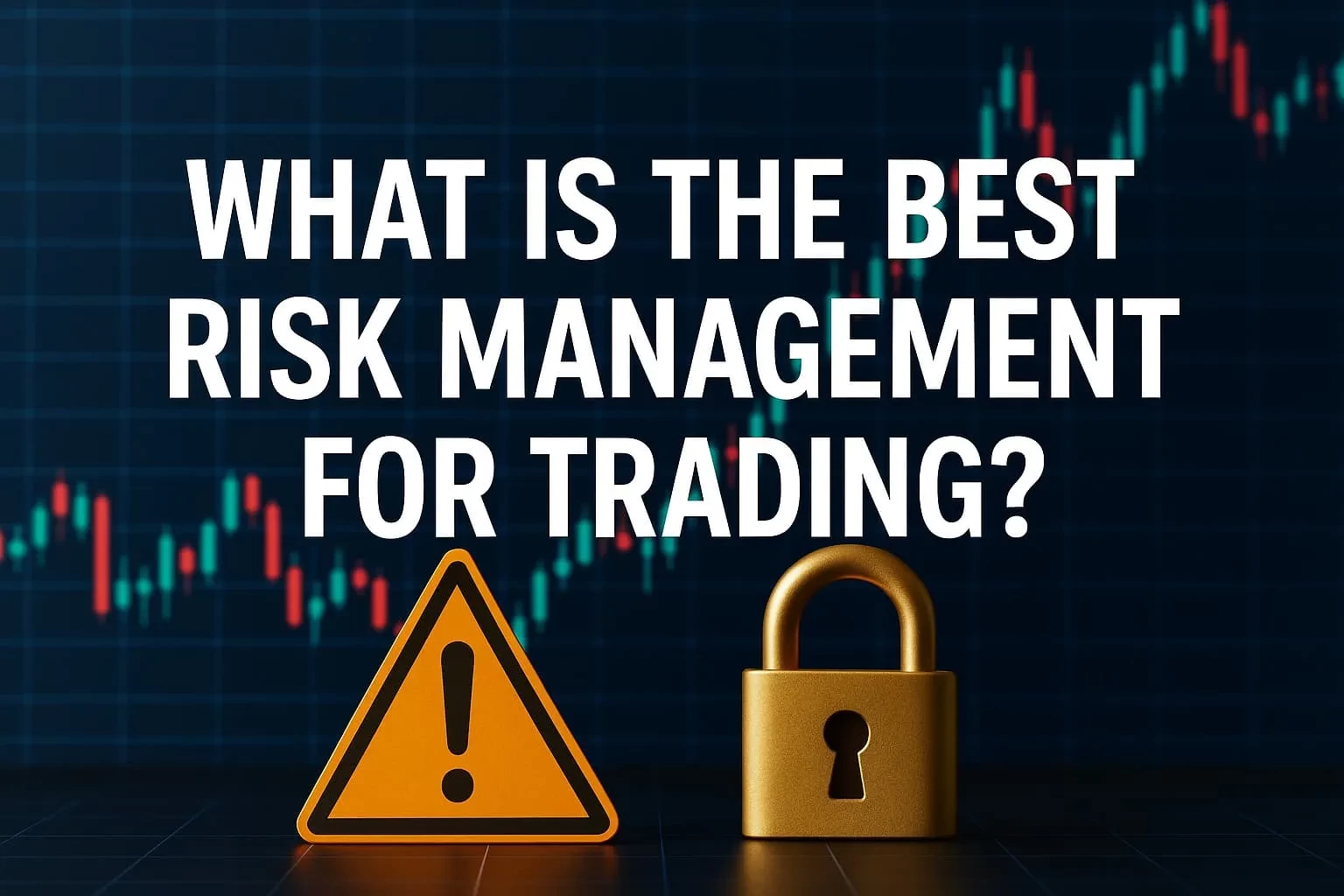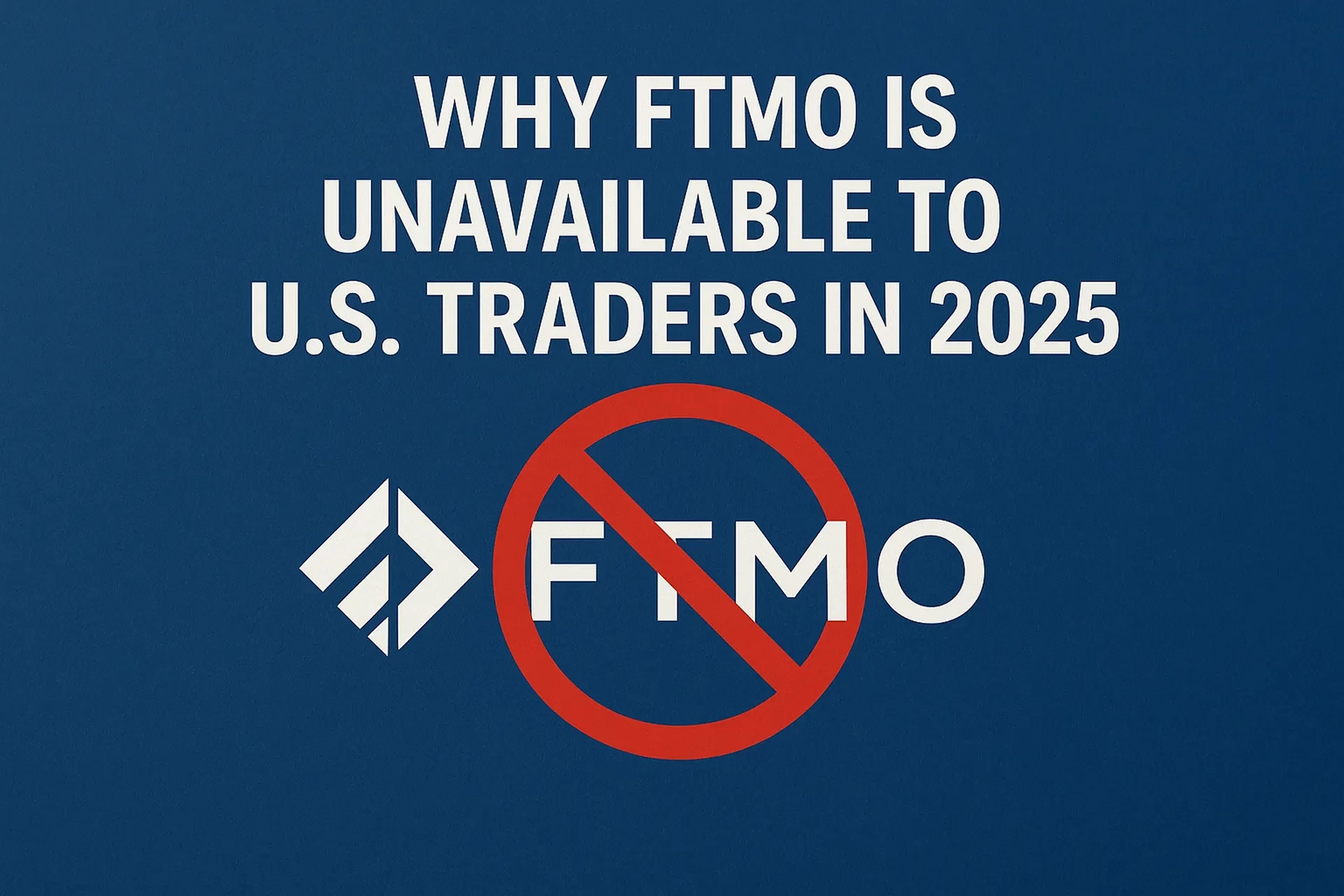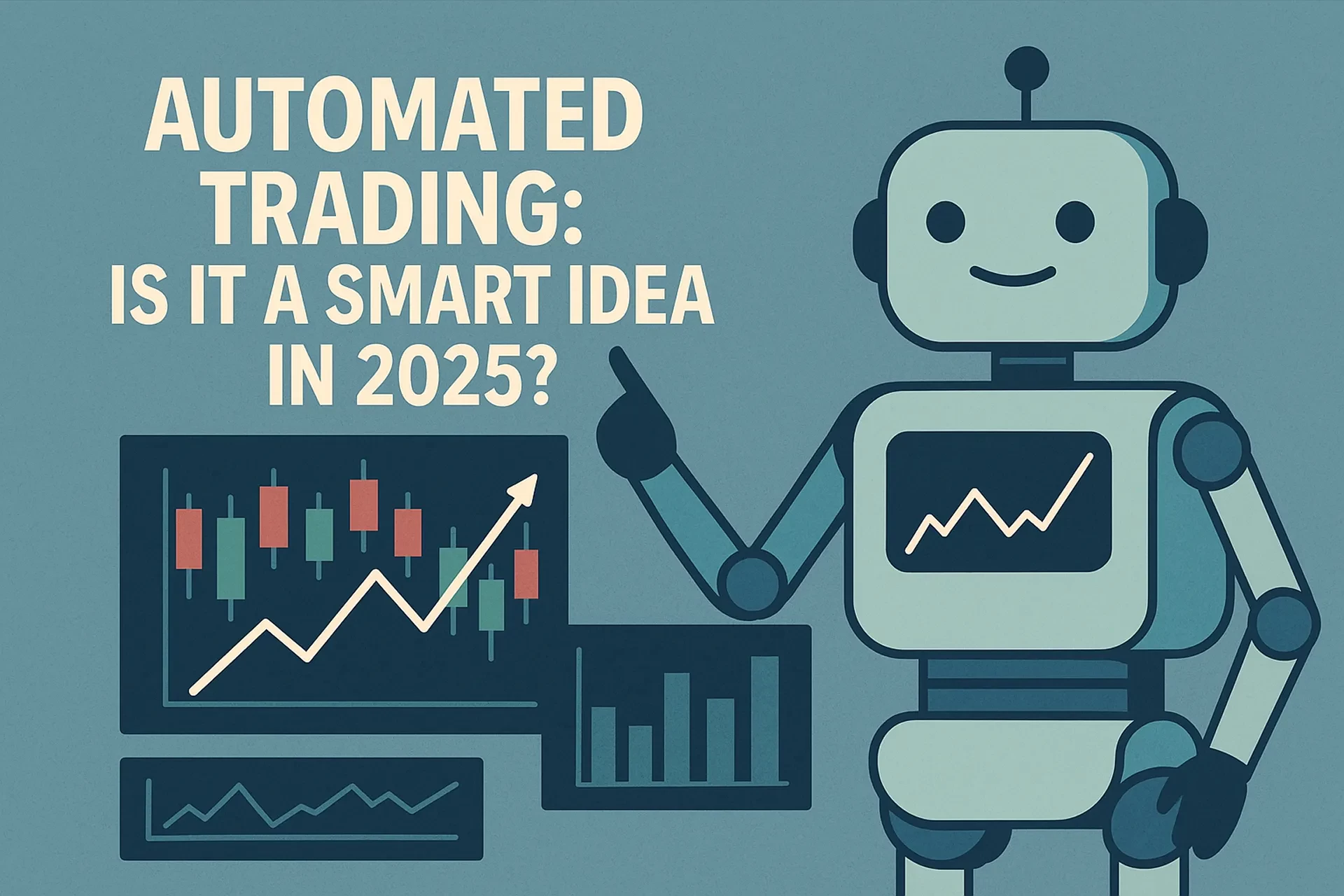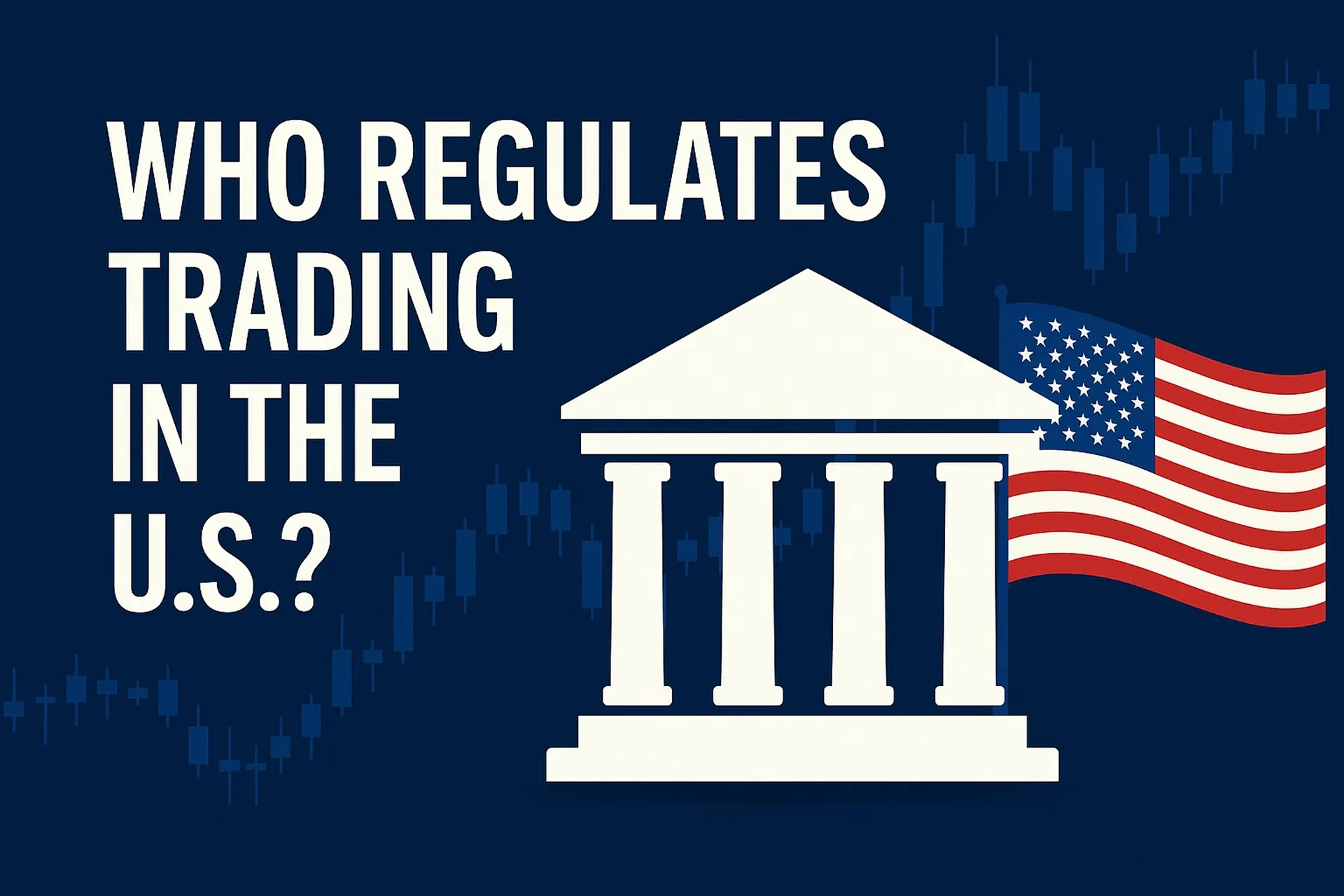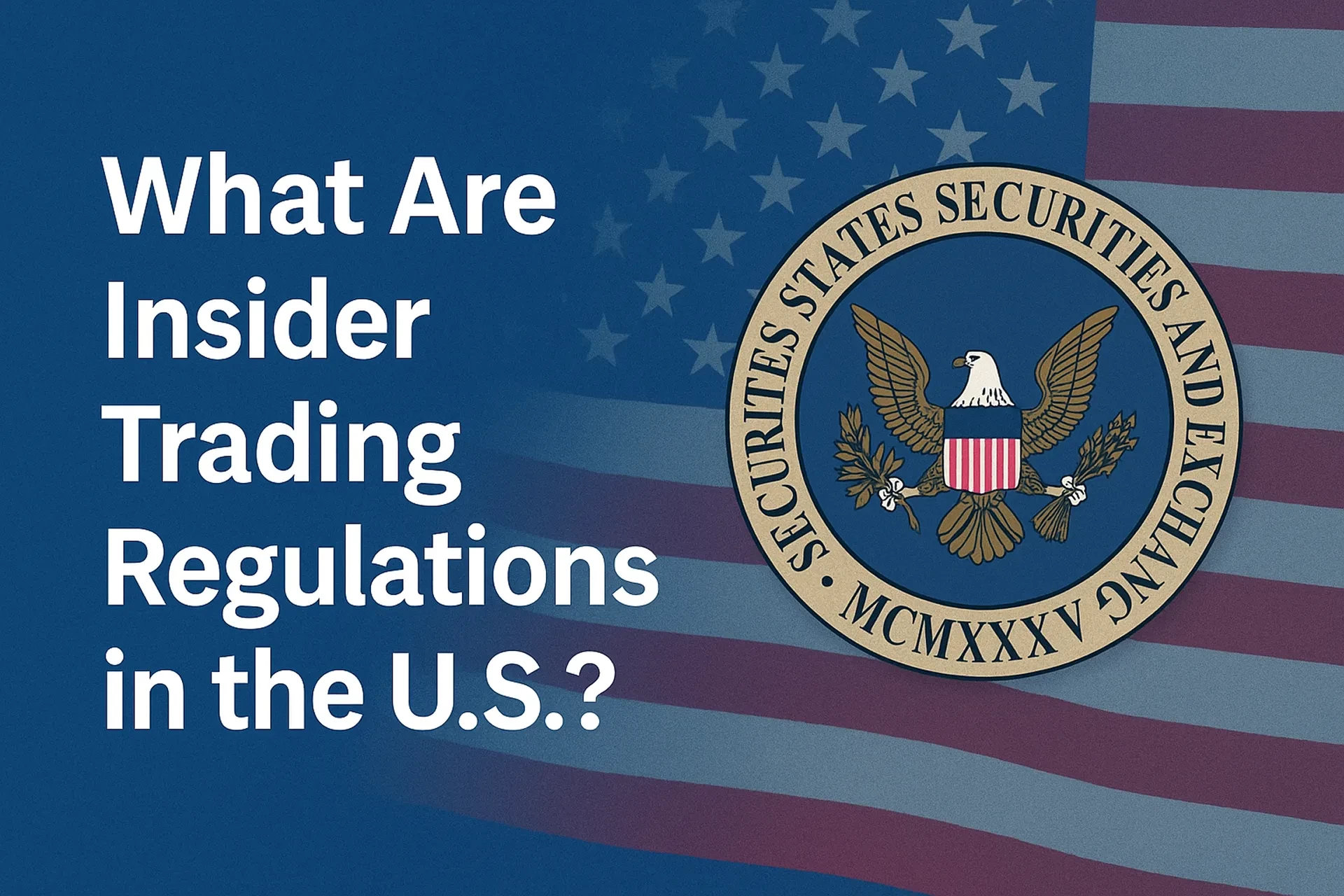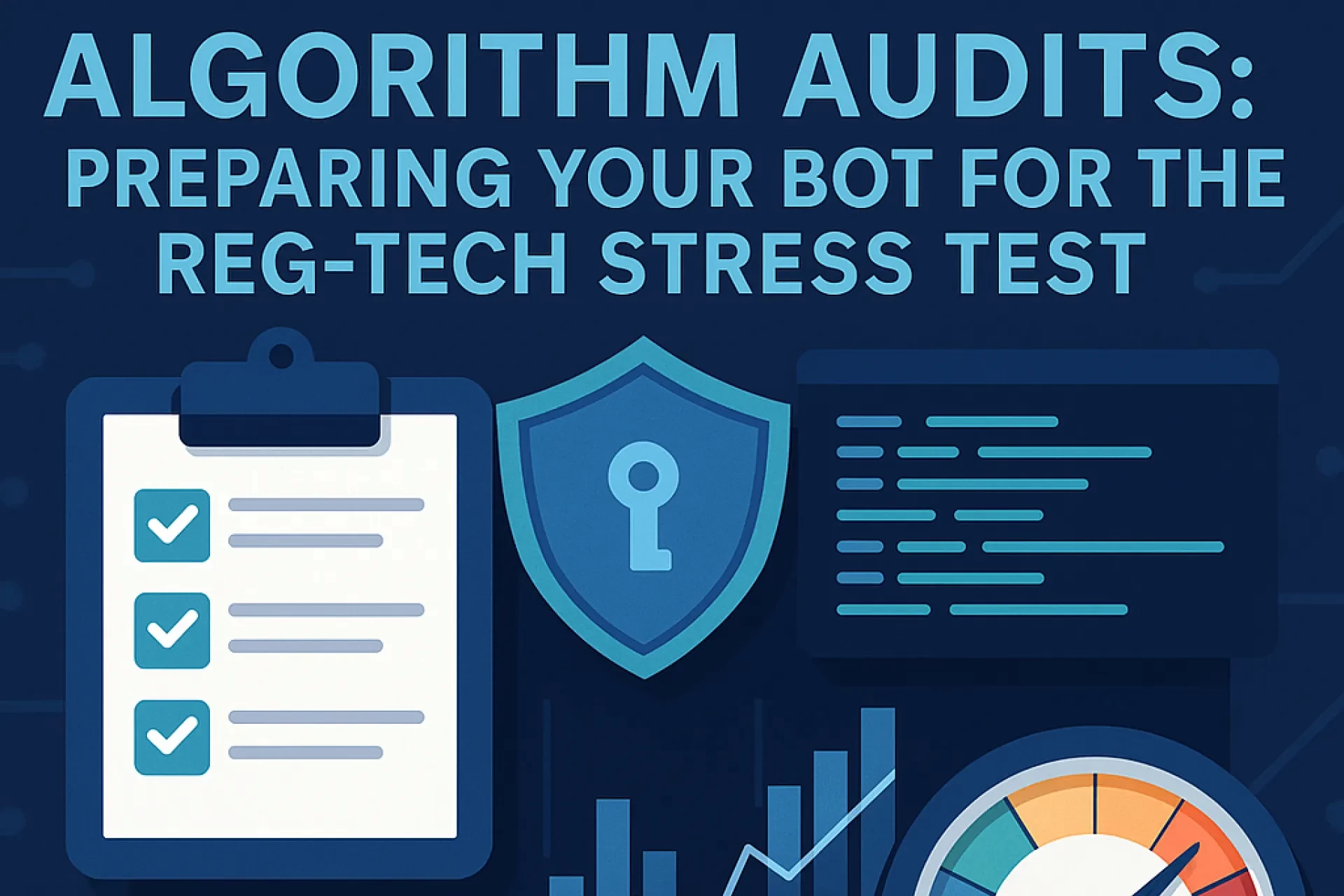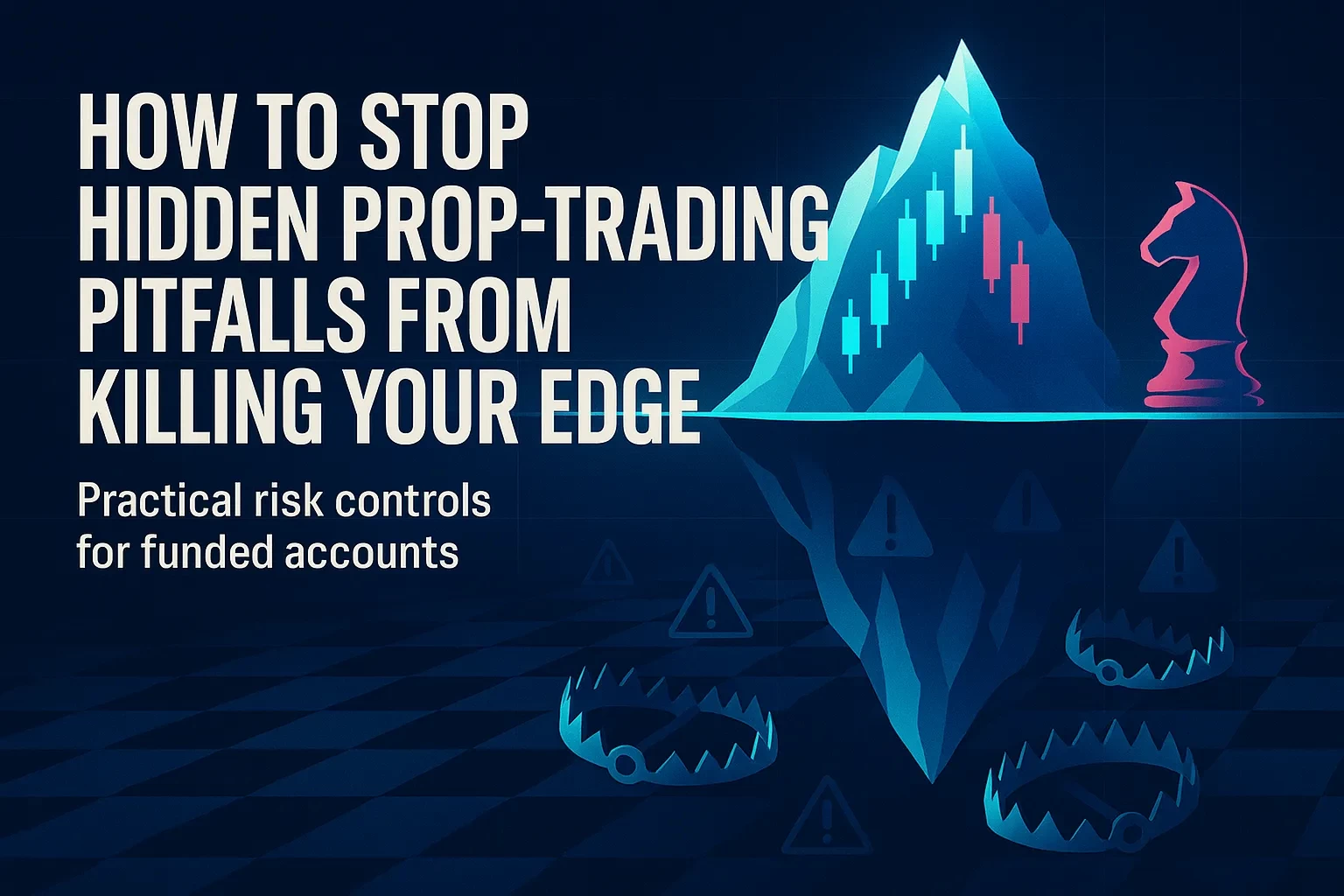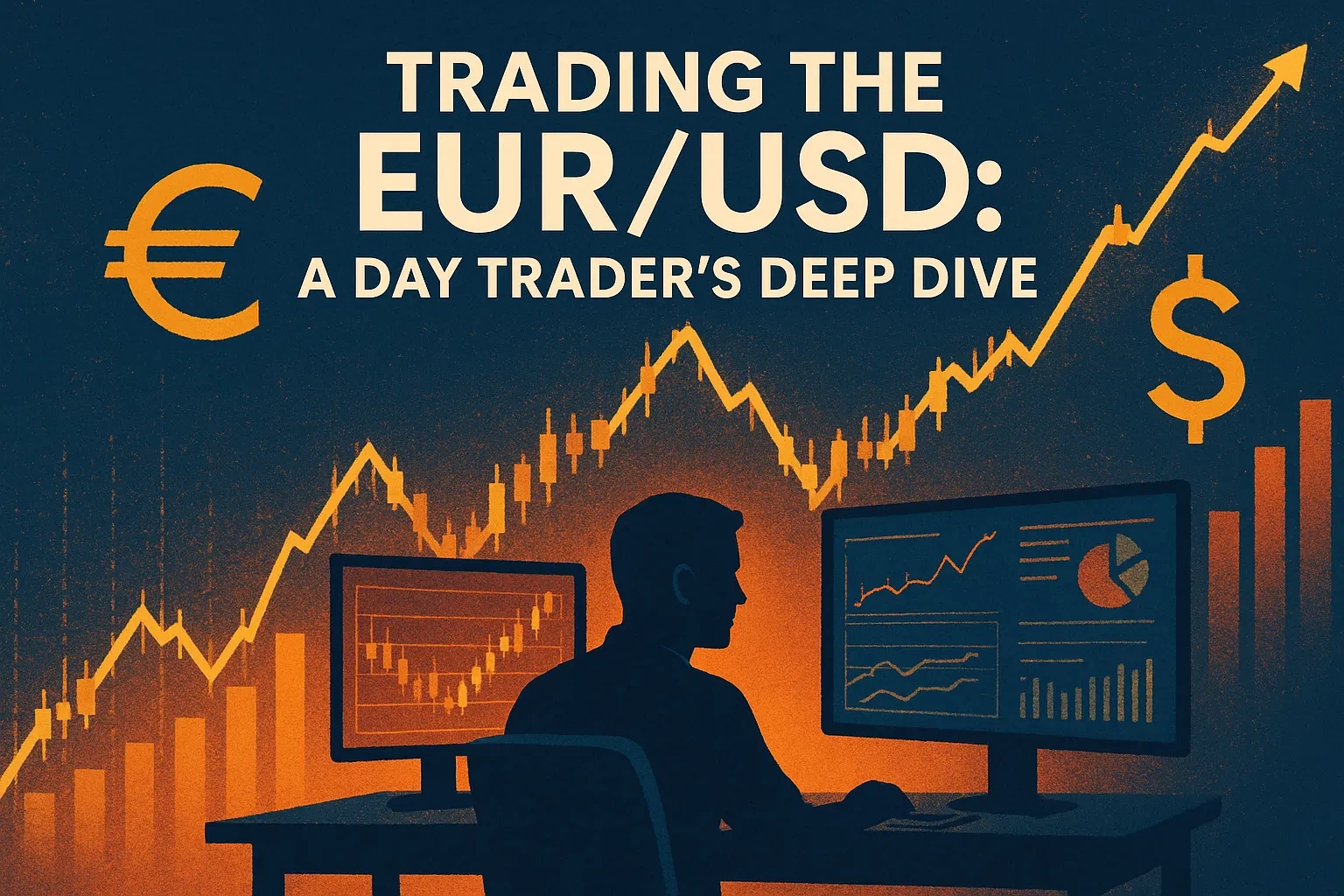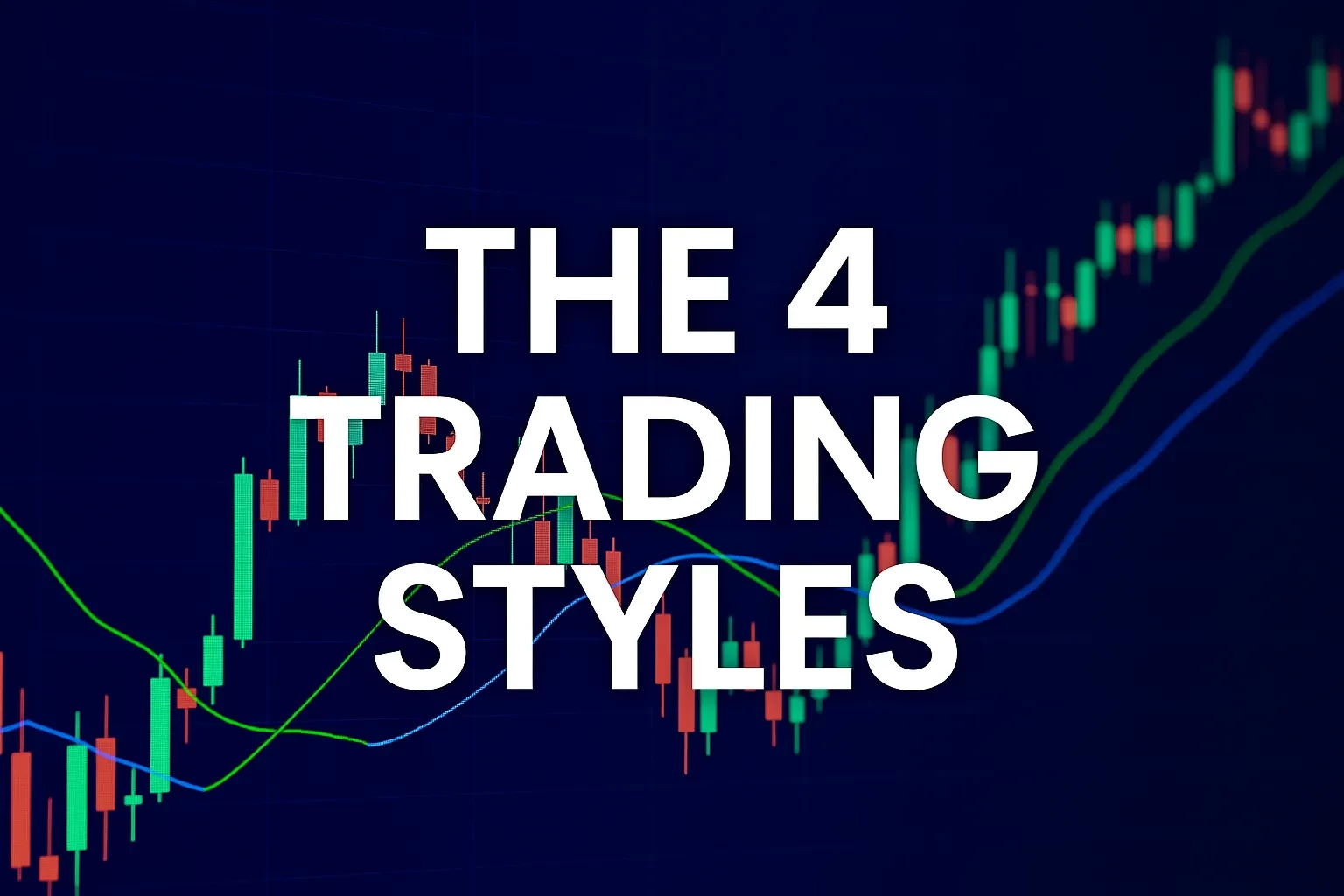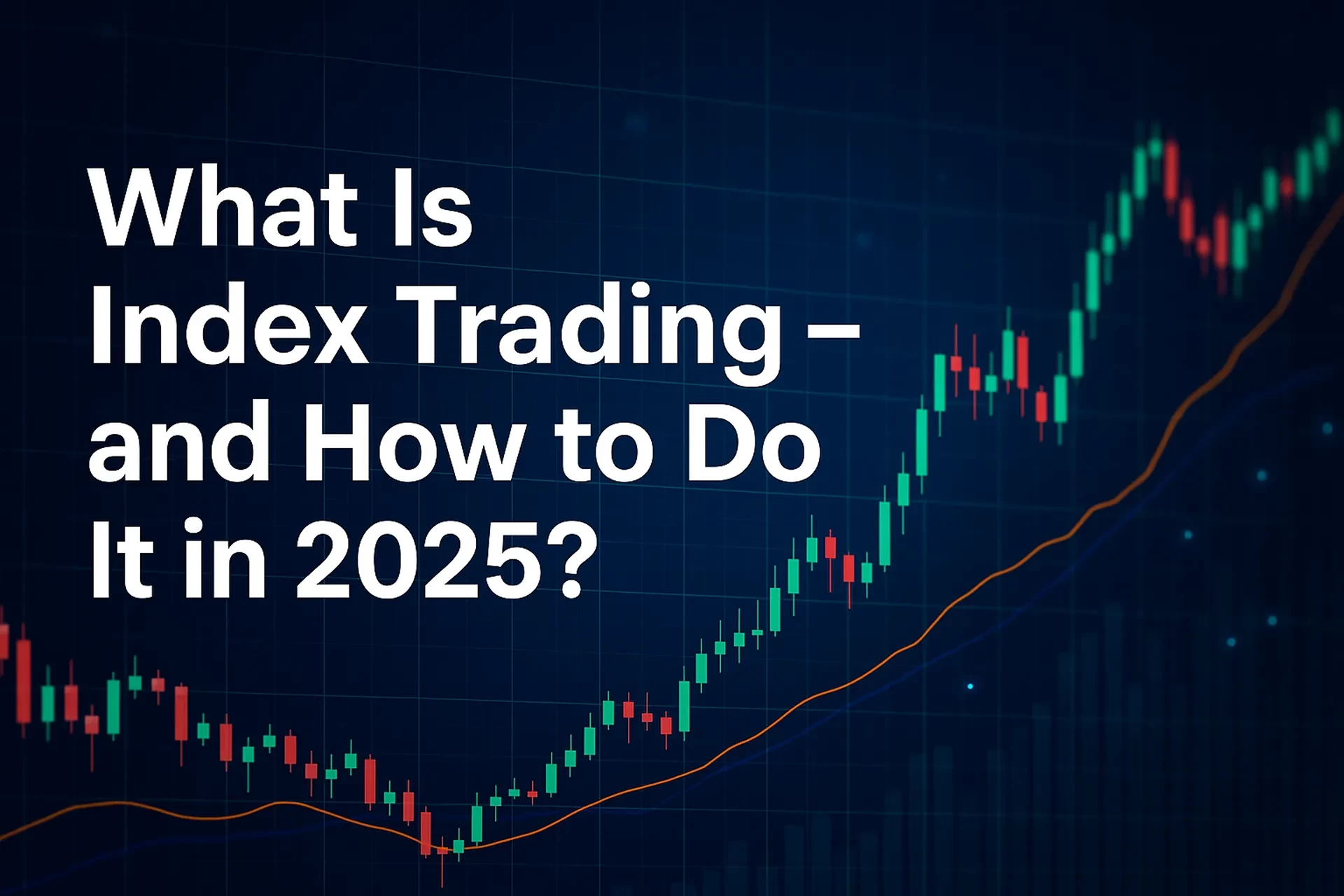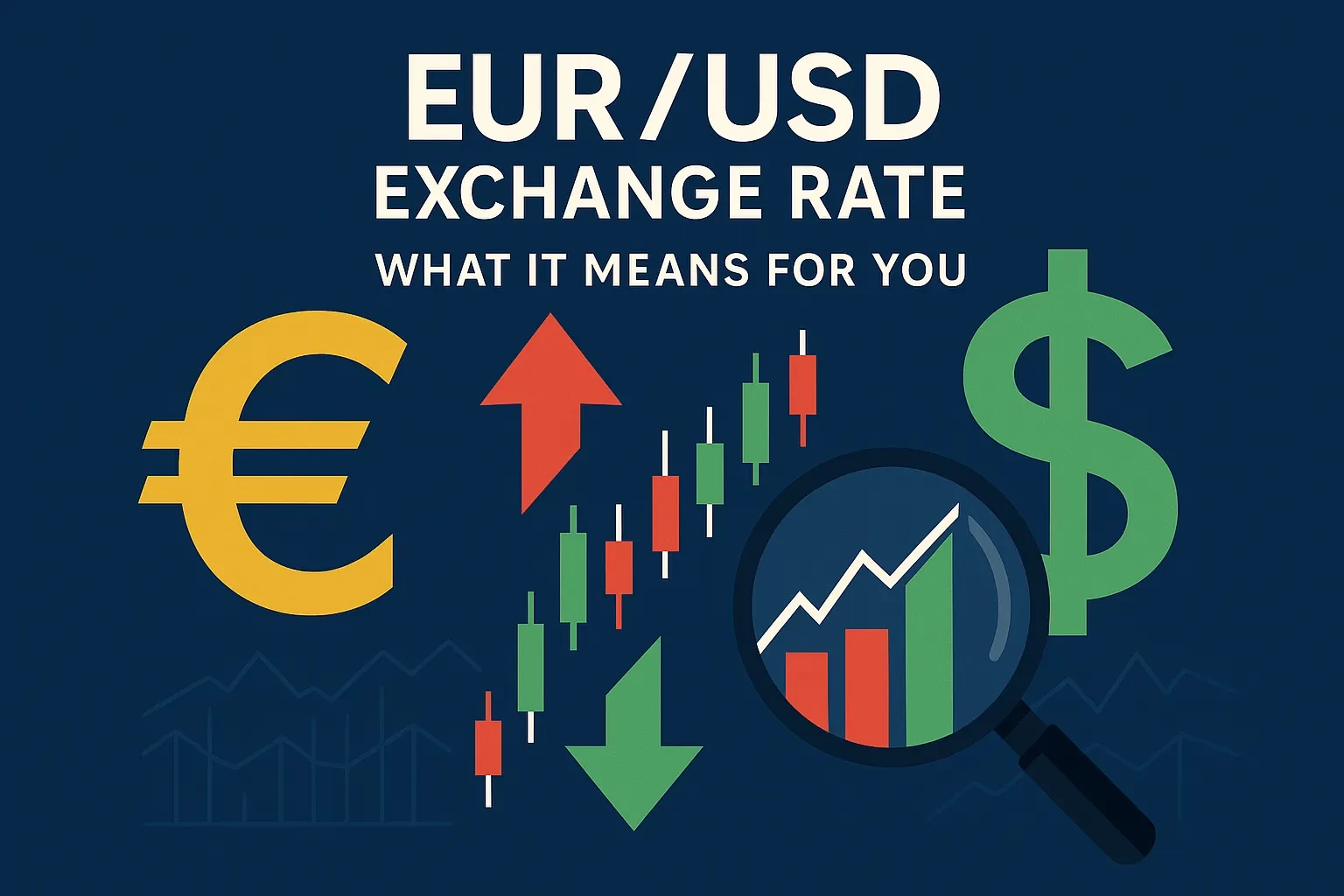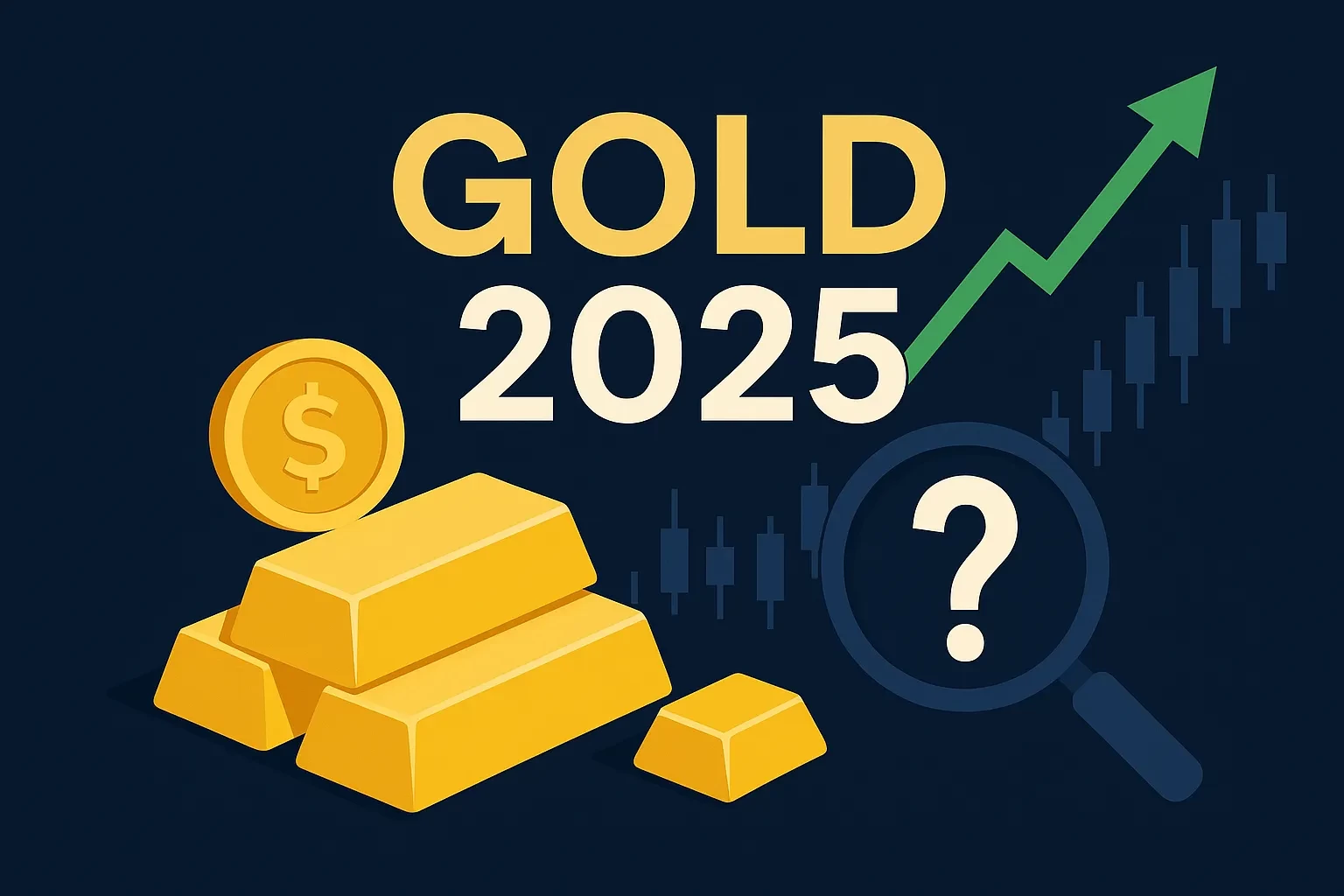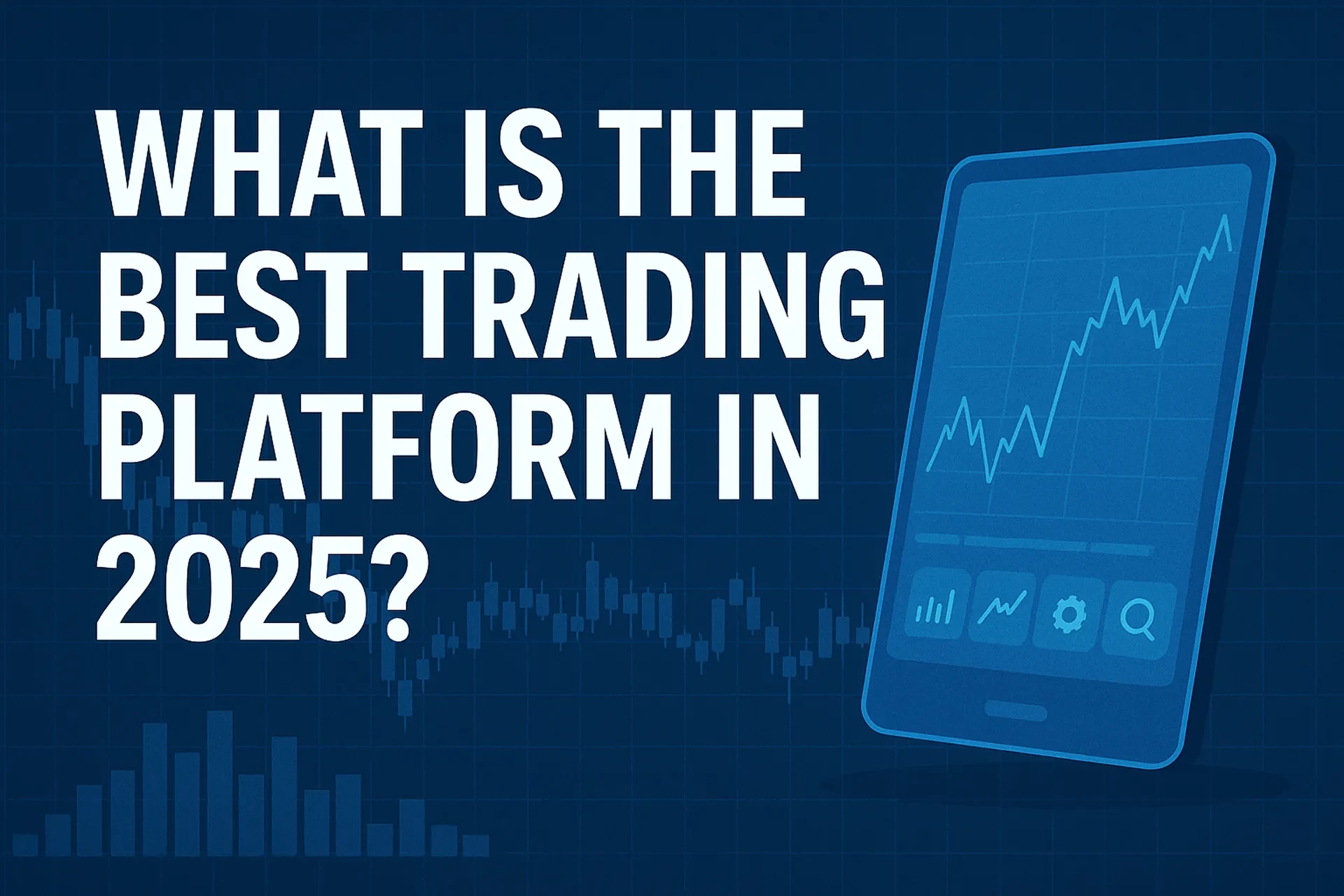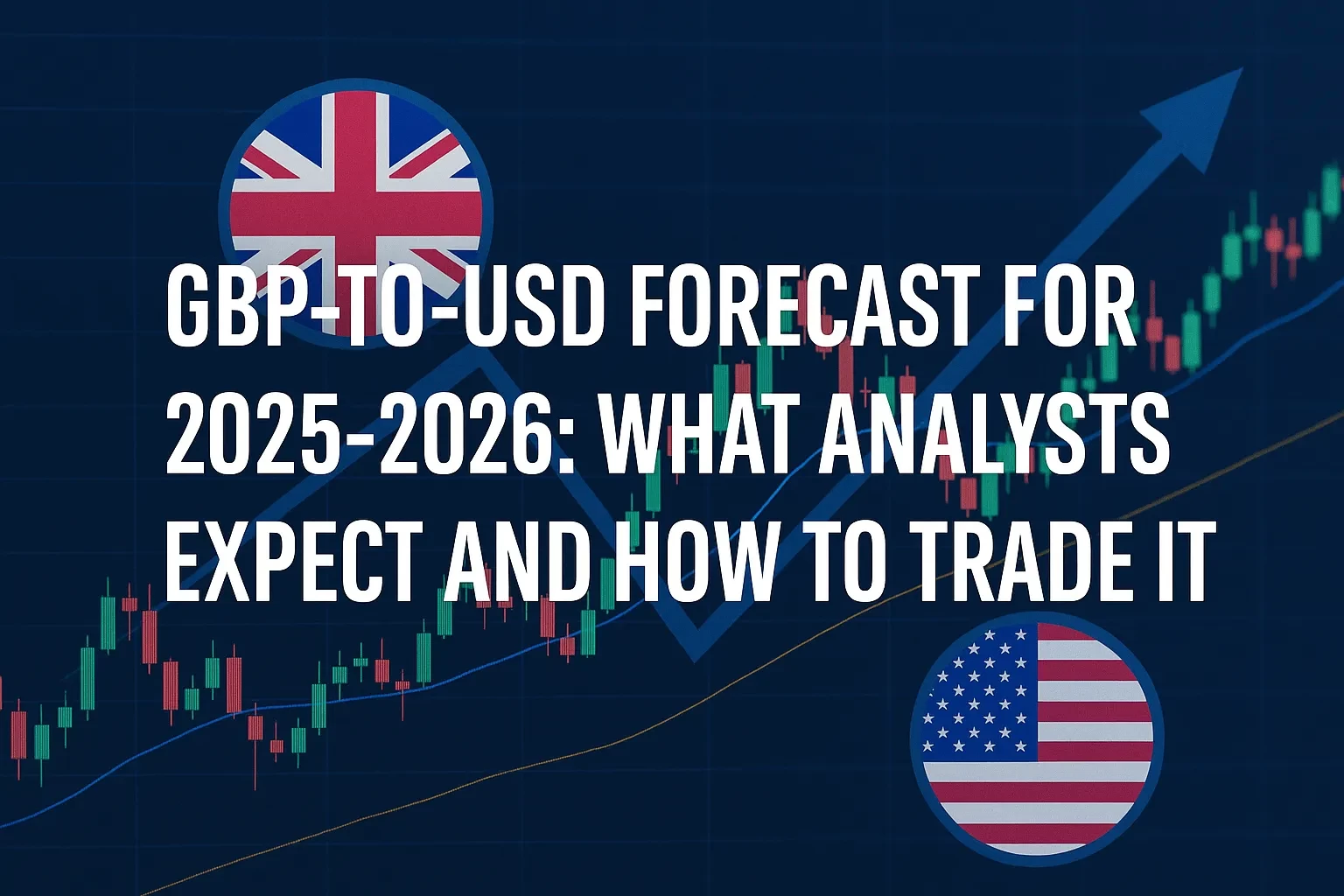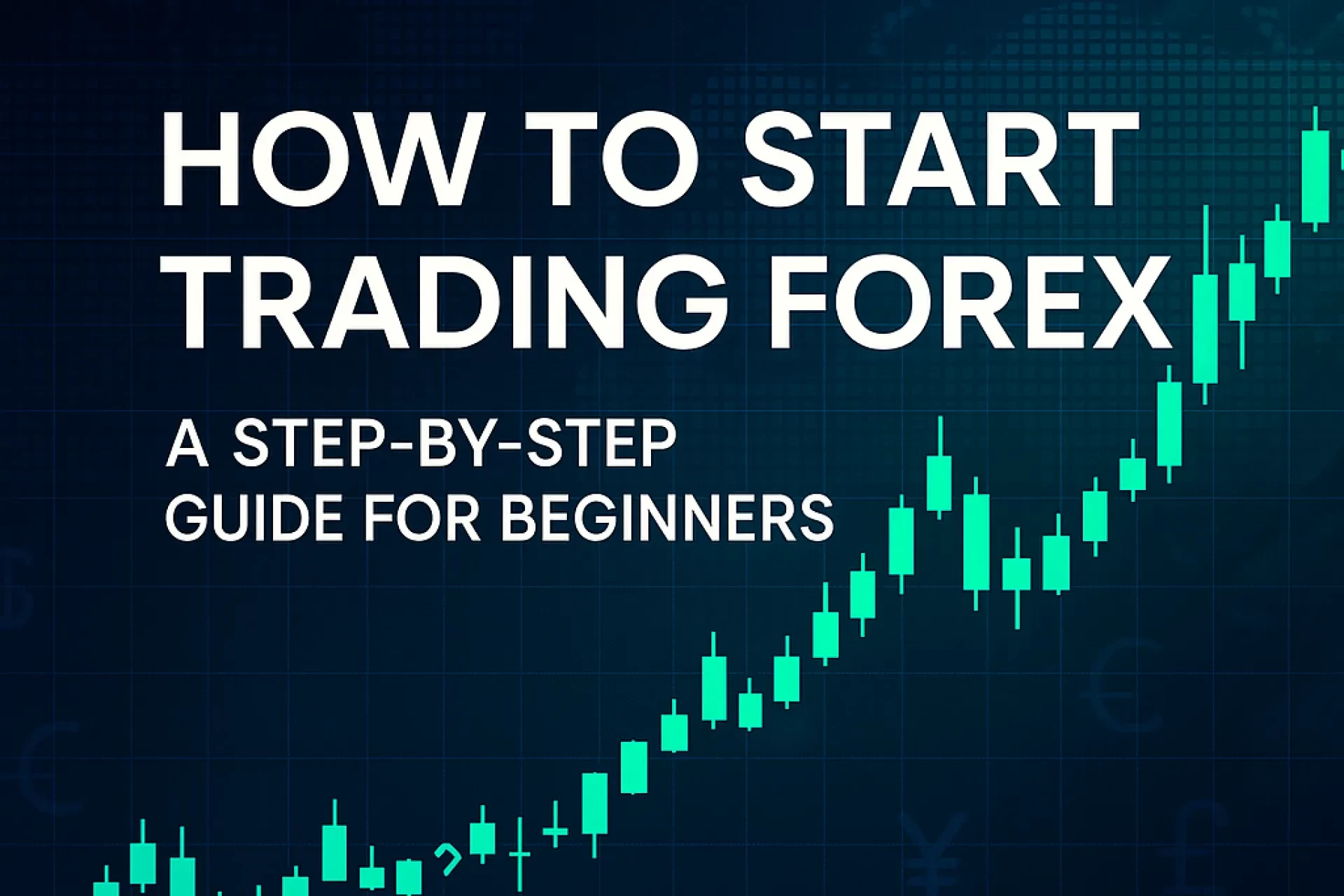Table of Contents
From $3 micro-E-mini margin hikes to brand-new CFTC guidelines on carbon-credit derivatives, U.S. futures trading is evolving daily. Yet one question still dominates Google’s “People Also Ask” box: What exactly is trading futures? In plain English, it’s the art—and legal obligation—of buying or selling standardized contracts that lock in the future price of an asset. Whether you’re hedging a Midwest corn crop or scalping Micro Bitcoin, understanding how these agreements work can spell the difference between disciplined profits and outsized losses. This guide breaks futures down to first principles, walks you step-by-step through a real trade, and highlights the 2024-2025 regulations every U.S. trader must know.
Futures Basics: Definitions & Context
1. Futures Contract
A futures contract is a legally binding agreement to buy or sell a specified quantity of an underlying asset at a predetermined price on a set future date.
2. Exchange Clearing
All mainstream U.S. futures trade on regulated exchanges—CME Group, ICE, Cboe, Nodal—where a clearinghouse becomes the buyer to every seller and the seller to every buyer, virtually eliminating counter-party default risk.
3. Standardization
Contract size, quality specs, last-trade day, and tick value are fixed by the exchange. For instance, a Micro E-mini S&P 500 equals $5 × index level, so one tick (0.25 index point) moves $1.25.
4. Margin, Not Full Payment
Traders post an initial margin—essentially a good-faith deposit—then a lower maintenance margin. If the account drops below maintenance, you face a margin call.
Regulatory anchor: CME raised the Micro E-mini S&P initial margin to ≈ $1 350 in April 2025 after a 7 % week-long equity drawdown.
5. Mark-to-Market
Profits or losses are credited daily (sometimes intraday) to your account, ensuring consistent solvency across the system.
Step-by-Step Guide: Placing Your First Futures Trade
- Choose the contract — define purpose, verify specs.
- Open a futures-approved brokerage account — FINRA & NFA disclosures, CFTC §1.55 risk statement.
- Post initial margin — exchange requirement + broker cushion.
- Enter order — symbol, month, side, qty, price.
Example: Buy 1 MES Sep 2025 @ 6 300. - Manage position — stop markets or bracket orders.
- Roll or offset before notice/last-trade day.
- Settle or deliver — most offset; hedgers may take delivery or cash-settle.
Pros, Cons & Risk-Management
| Aspect | Advantages | Drawbacks | Controls |
|---|---|---|---|
| Leverage | Capital-efficient; MES controls $30 K+ with $1.3 K | Amplifies losses dollar-for-dollar | Risk ≤ 1 % equity/trade |
| Liquidity | Tight spreads on flagship contracts | Thin off-hours in niche products | Trade primary sessions only |
| Transparency | Cleared, CFTC-regulated | Mark-to-market can force liquidation | Maintain 25 % cash buffer |
| Tax treatment | 60/40 blended capital-gains (§1256) | Wash-sale relief doesn’t apply | Track P/L with Form 6781 |
2024-2025 Regulatory Updates That Reshape Futures
• CFTC Enforcement Advisory (Feb 25 2025) — self-reporting focus on automated trading.
• Part 40 Amendments (Jun 2024) — broader data-record rules for exchanges.
• NFA Arbitration Revisions (May 2024) — streamlined customer disputes.
• Carbon-Credit Derivatives Guidelines (Sep 20 2024) — first federal framework for offsets.
• CME Intraday Margin Reviews (2025) — daily risk sweeps can trigger mid-session calls.
Case Study – Hedging Crude Price Risk with HOU Futures
ICE’s Midland WTI (HOU) contract aligned its specs with Gulf Coast cargoes in 2024, boosting quarterly volume to 837 K contracts.
| Date | Spot Price | Futures P/L | Physical Cost Offset |
|---|---|---|---|
| Entry (Jul 2025) | $79 | 0 | $79 later |
| Nov 2025 | $88 | +$9 ≈ $900 K gain | $88 cash cost |
Net: Futures profit offsets the higher spot cost, locking in an effective $79 bbl price.
Common Mistakes & Expert Tips
- Treating futures like equities. Futures settle daily; stock margin waits until sale.
- Ignoring contract specs. Micro vs E-mini tick values differ—easy mis-size.
- Forgetting delivery dates. Hold crude past notice? Prepare to post millions or liquidate.
- Over-leveraging launches. New carbon contracts may require 3× margin.
- Neglecting overnight risk. CME can hike margin after the close—set alerts.
FAQs
Action-Oriented Conclusion: Futures trading is standardized leverage under strict federal oversight. Master contract specs, margin math, and the 2024-25 rule changes before clicking “Buy 1 MES @ Market.” Keep a robust risk framework, respect delivery dates, and stay tuned to CFTC advisories—then use futures as precision tools for hedging or speculation, not roulette wheels.
